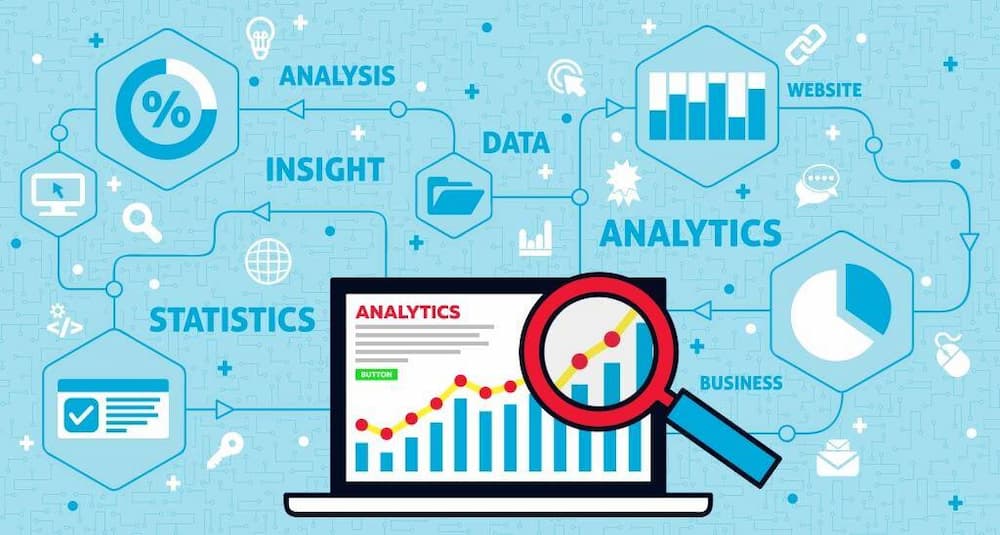Customer-relationship-management suites have become the digital engines of modern sales and service. Two names dominate every short-list—Microsoft Dynamics 365 and Salesforce—and the debate over which platform delivers the bigger punch is fiercer than ever. Salesforce ended fiscal 2024 with 21.8 % of the global CRM market and US $34.86 billion in revenue, retaining the #1 seat for the eleventh straight year. Dynamics, meanwhile, is the fastest-growing challenger; analysts put its 2024 services market at US $10.2 billion with an 11.7 % CAGR driven by tight integration with the broader Microsoft stack.
“Choosing between the two isn’t Coke vs. Pepsi—it’s more like SUV vs. sports car,” says Tamer Badr, owner of Singleclic. “Salesforce gives you out-of-the-box depth; Dynamics gives you native synergy with Office, Teams, and Azure. The best pick is the one that amplifies your existing strengths.”
Quick-Glance Comparison
People Are Always Asking…
How do I decide?
- Start with your stack. If Outlook, Teams, and Power BI already rule the office, Dynamics keeps users in one pane. If you crave a best-of-breed ecosystem and vertical clouds (e.g., Health, Non-profit), Salesforce is hard to beat.
Which costs less?
- Entry-level Sales seats list at US $25 for Dynamics vs US $25 for Salesforce Essentials, but enterprises quickly exceed that once they add CPQ, marketing, or AI. Third-party reviews show Dynamics can land 15–20 % cheaper TCO in Microsoft-centric firms.
Is AI extra?
- Both bundle native copilots; Einstein AI features come with Einstein 1 editions, while Dynamics Copilot is included in Sales Premium and above.
Will my admins need to code?
- Low-code rules both worlds: Flow Builder in Salesforce, Power Automate in Dynamics.
Seven Core Evaluation Categories
- Sales Automation
- Salesforce offers industry-leading pipeline AI and CPQ.
- Dynamics shines with embedded Excel editing and Teams call insights.
- Marketing & Journeys
- Salesforce Marketing Cloud handles cross-channel journeys at scale.
- Dynamics Marketing (Customer Insights) integrates Power Automate and real-time segments.
- Service & Field Support
- Service Cloud dominates call centers; Einstein Bots resolve 84 % of internal tickets for Salesforce itself.
- Dynamics Field Service links IoT alerts to technician schedules via Azure.
- Analytics
- Salesforce CRM Analytics (Tableau) delivers AI-driven stories.
- Dynamics leverages Power BI with natural-language Q&A.
- Platform Extensibility
- 7 000+ AppExchange apps vs. Dynamics’ Dataverse and Power Apps.
- Salesforce excels in vertical micro-clouds; Dynamics thrives in custom internal apps.
- Security & Compliance
- Both offer GDPR, HIPAA, ISO 27001; Dynamics gains from Microsoft’s multi-cloud sovereign regions.
- Pricing & Licensing
- Salesforce: pay per cloud (Sales, Service, etc.) plus add-on AI.
- Dynamics: pick Sales Professional, Enterprise, or unified Customer Engagement Plan.
Benefits & Drawbacks Side-by-Side
| Aspect | Salesforce Positives | Salesforce Watch-outs | Dynamics Positives | Dynamics Watch-outs |
| User Adoption | Polished UI, massive community | “Click fatigue” from many tabs | Familiar Microsoft look & feel | Ribbon UI can feel busy |
| Customization | Declarative Flow Builder + Apex code | Apex skills cost premium | Power Apps low-code studio | Complex Dataverse licensing |
| Integration | 1 000+ prebuilt connectors | True ERP integration requires Mulesoft | Native to Outlook/Teams/ERP via Dataverse | Non-Microsoft SaaS may need ISV |
| AI Maturity | Einstein for forecasting, email, service | Add-on cost at higher tiers | Copilot baked into Sales, Service | Fewer industry-specific AI models |
| Cost Predictability | Transparent SKUs | Add-on fees stack quickly | Bundled licenses for M365 clients | Overlapping module confusion |
Tamer Badr warns: “Both can become cost monsters if you ignore license audits. Map personas to features early, then prune idle seats every quarter.”
Real-World Reviews
Lena M., Retail CFO (Salesforce)
“Service Cloud cut refund calls 30 %. Downside? We racked up SMS add-on fees until we renegotiated.”
Raj S., Logistics COO (Dynamics)
“Quote-to-cash shrank from 18 to 9 days once Sales and ERP lived on the same data model. The catch? We needed Azure architects for single sign-on.”
Emily C., Health-tech Founder (Salesforce > Dynamics)
“Started on Salesforce for its accelerator program; switched to Dynamics to tap Power BI and save 22 % in license spend with our O365 E5 bundle.”
Ten Bullet Takeaways
- Salesforce leads market share but commands premium pricing.
- Dynamics offers tighter Office/Azure mashup and often lower TCO.
- Both embed AI copilots; evaluate data privacy and extra costs.
- AppExchange dwarfs Dynamics marketplace in breadth; Dataverse equals flexibility.
- Implementation pace depends more on data hygiene than platform.
- User adoption hinges on in-app coaching and clean interfaces.
- Integration strategy: Salesforce loves Mulesoft; Dynamics loves Dataverse/iPaaS.
- Watch out for hidden add-ons: storage, API calls, SMS, bots.
- Quarterly license right-sizing pays for itself.
- Success = governance + training + executive sponsorship.
Frequently Asked Questions (FAQ)
- Which platform is easier for SMBs?
- Salesforce Essentials is turnkey; Dynamics Sales Professional integrates with Outlook in minutes. Trial both.
- Can I deploy hybrid (on-prem + cloud)?
- Dynamics supports on-prem “Customer Engagement” legacy but Microsoft nudges cloud. Salesforce is 100 % SaaS.
- What about verticals like manufacturing or non-profit?
- Salesforce offers pre-built Industry Clouds; Dynamics relies on ISV solutions and partner templates.
- How long to migrate from spreadsheets?
- 6–8 weeks with clean data; double that if deduping 100 k+ contacts.
- Is open-source an alternative?
- Platforms like Odoo exist but lack enterprise AI, ecosystem depth, and compliance.
Implementation Cost Benchmarks (2025)
| Org Size | Salesforce TCV* | Dynamics TCV* |
| SMB (25 users) | $30 k setup + $18 k/yr | $25 k setup + $15 k/yr |
| Mid-Market (150 users) | $180 k setup + $220 k/yr | $150 k setup + $190 k/yr |
| Enterprise (1 000 users) | $1.2 M setup + $2 M/yr | $1 M setup + $1.6 M/yr |
*Approximate all-in costs including licenses, services, and integrations based on 2025 partner quotes.
Implementation Tips
- Baseline KPIs—lead velocity, churn, service SLA.
- Run a Proof-of-Concept—sandbox with 10 users, real data.
- Plan Data Governance Early—naming, dedupe, permissions.
- Adopt Agile Sprints—ship MVP in 8–12 weeks.
- Train Champions—at least 10 % of user base becomes super-users.
- Monitor Adoption Dashboards—login rates, record updates, pipeline hygiene.
- Quarterly License Audit—reclaim idle seats.
- Road-map AI Phases—start with forecasting, expand to generative content.
References
- Backlinko Salesforce Stats 2024
- SwitchOnBusiness Pricing Review 2025
- Forbes Advisor Dynamics vs Salesforce 2024
- Gartner “Why CRM Projects Fail” 2024
- https://crm.org/crmland/microsoft-dynamics-vs-salesforce
Verdict: Choose Momentum Over Hype
Salesforce brings unmatched ecosystem depth and AI-driven sales muscle. Dynamics offers cost-efficient










